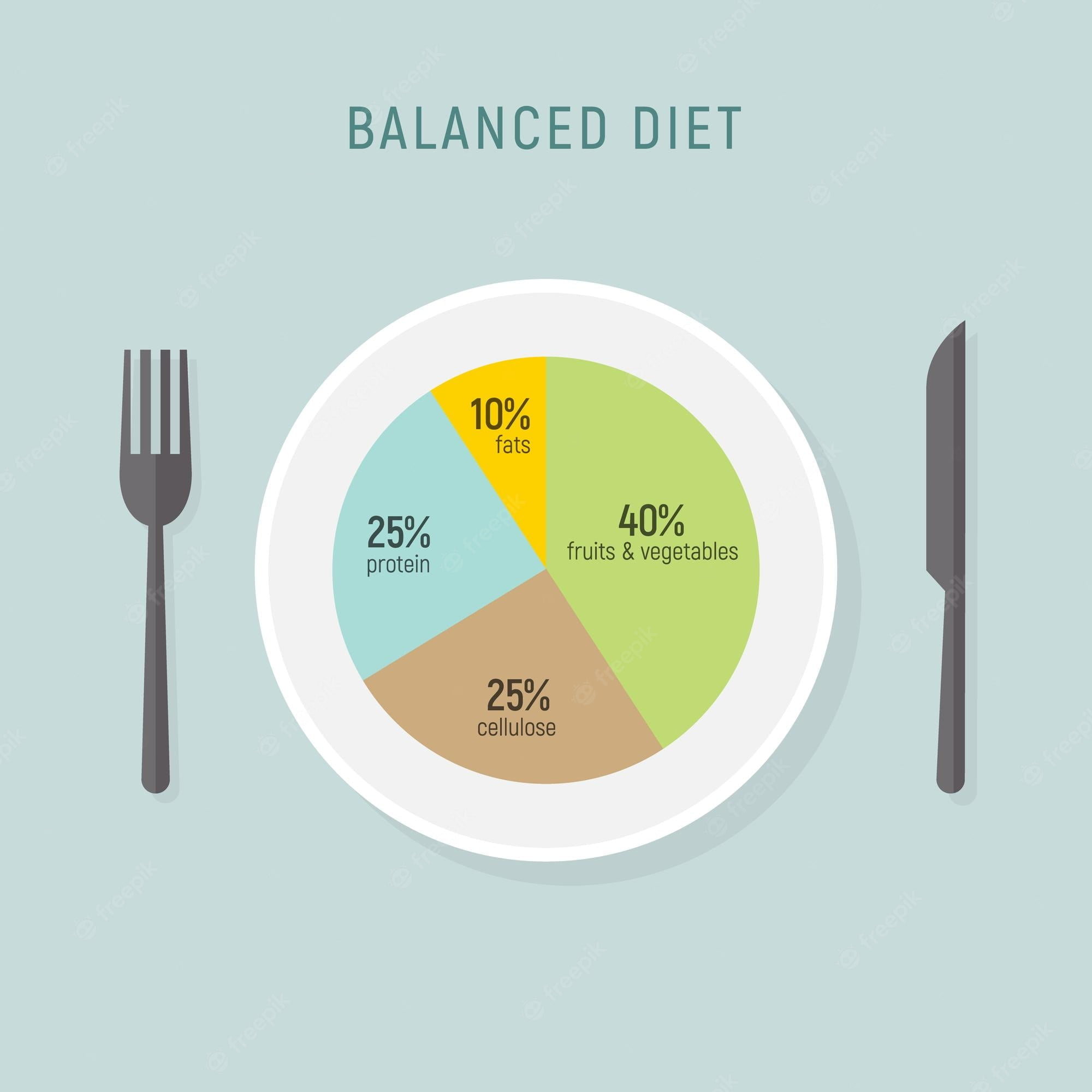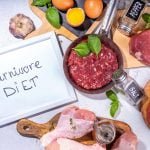Introduction
- Angioplasty is a common medical procedure to unblock or widen clogged arteries.
- A proper diet after angioplasty is crucial to prevent further blockage and promote recovery.
Types of Foods to Include in Your Diet
- Whole grains: Whole grain bread, oatmeal, brown rice, and other whole grain products.
- Fruits and Vegetables: Leafy greens, berries, oranges, apples, carrots, and other colorful fruits and vegetables.
- Lean protein: Fish, poultry, tofu, beans, and other lean protein sources.
- Nuts and seeds: Almonds, walnuts, chia seeds, flax seeds, and other types of nuts and seeds.
- Low-fat dairy: Milk, cheese, yogurt, and other dairy products that are low in fat.
Foods to Limit or Avoid
- Saturated fats: Fried foods, fatty meats, butter, and other high-fat foods.
- Trans fats: Margarine, shortening, and other hydrogenated oils.
- Cholesterol: Eggs, organ meats, and other foods high in cholesterol.
- Sodium: Processed foods, canned soups, and other foods high in sodium.
Tips for Making Healthy Food Choices
- Read food labels to understand the ingredients and nutritional content.
- Choose fresh, whole foods instead of processed foods.
- Cook at home using healthy cooking methods, such as grilling, baking, and steaming.
- Avoid adding salt to your meals and opt for herbs and spices instead.
Conclusion
- A balanced and healthy diet after angioplasty is crucial for promoting recovery and preventing further blockages.
- Incorporating whole grains, fruits and vegetables, lean protein, nuts and seeds, and low-fat dairy into your diet can help maintain a healthy heart.
- Limiting or avoiding saturated and trans fats, cholesterol, and sodium can help control blood pressure and cholesterol levels.








